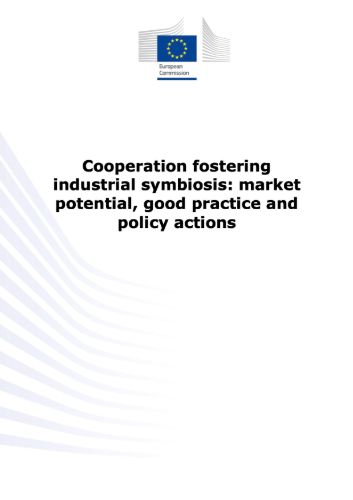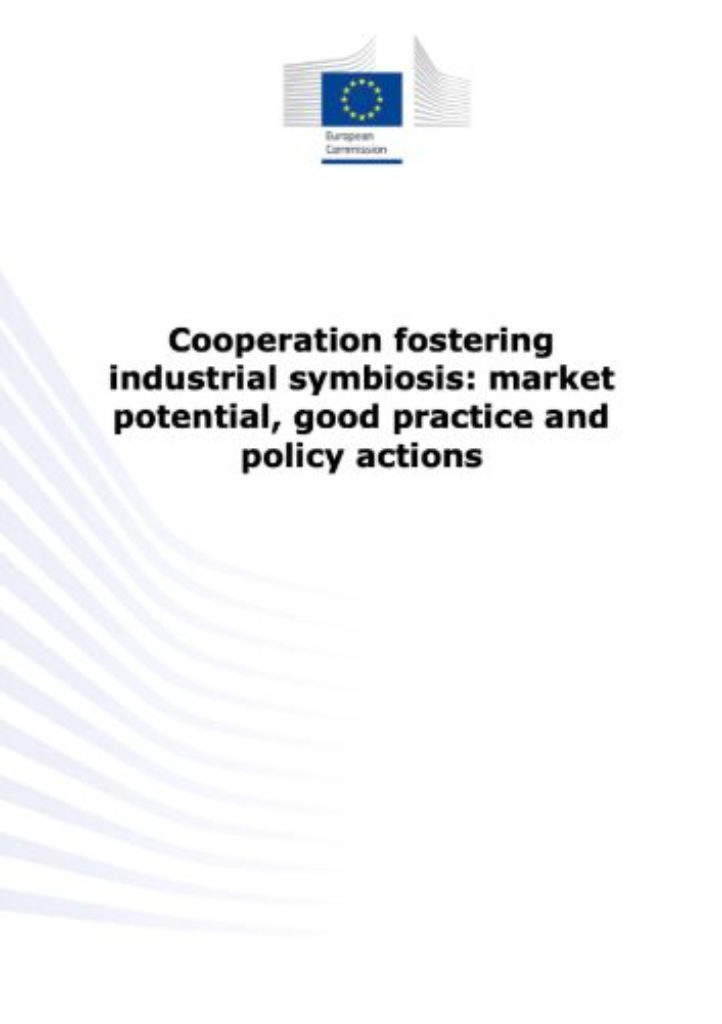Cooperation fostering industrial symbiosis: market potential, good practice and policy actions
Publication date: 5 April 2018 | Report language: EN
Industrial symbiosis (IS) is a systems approach to a more sustainable and integrated industrial system, which identifies business opportunities that leverage underutilised resources (such as materials, energy, water, capacity, expertise, assets etc.) (Lombardi & Laybourn, 2012). IS involves organisations operating in different sectors of activity that engage in mutually beneficial transactions to reuse waste and by-products, finding innovative ways to source inputs and optimising the value of the residues of their processes. In this study, the types of industrial symbiosis that are being analysed include two major groups: 1) self-organised activity, emerging as the result of direct interaction among industrial actors, without any top-down coordination; 2) managed networks, those that have a third party intermediary that coordinates the activity (Baas 2011). Two distinct types of managed networks exist: – 2a) facilitated networks, working with existing companies to raise awareness of IS and foster activity and – 2b) planned networks, where the networks are formed following a central plan or vision that includes attracting new businesses to purpose-built developments, generally offering shared infrastructures and services. Industrial Symbiosis ‘synergies’ are transactions or activities of acquiring waste resources between one company generating the waste and another company or organisation integrating them as inputs into the production process. Industrial Symbiosis networks contain different industrial actors belonging to different sectors of activity that engage in mutually beneficial transactions of waste and by-products (such as materials, energy, water, capacity, expertise, assets etc). IS has been seen as a solution to enhance environmental sustainability and achieve economic benefits at the same time. However, while there are cases of successful implementation of industrial symbiosis, there is still little overview of the market for industrial symbiosis, and the scale at which it has been adopted. Moreover, the importance of intermediary bodies as facilitators of industrial symbiosis has only just begun to be considered as an important factor for the success of industrial symbiosis initiatives. In this study, we aim to provide an overview of the market potential for industrial symbiosis and a mapping of the major initiatives that have been implemented in Europe and their results.


